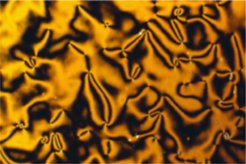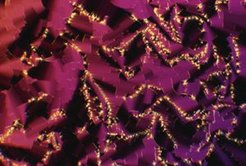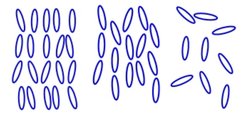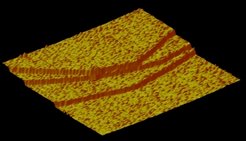"Soft Matter" is a designation of, e. g., emulsions, foams, colloids, polymers, gels, liquid crystals, and also cytoplasma. These predominantly fluid systems have in common a "flexible" internal structure which is determined by weak interactions and thus easily influenced by external fields or conditions. Accordingly, these systems possess at an interface, e. g., at the free surface or the interface to a solid, a structure which differs quite often from the corresponding bulk structure. In the case of heterogeneous multi-component systems like emulsions, there are in addition internal interfaces that essentially determine the structure and properties of these systems. Understanding the behavior of soft matter at interfaces is not only interesting from the viewpoint of basic research but also important for many applications; examples range from emulsion paint over printer ink and liquid crystal displays to membrane systems for drug delivery.











